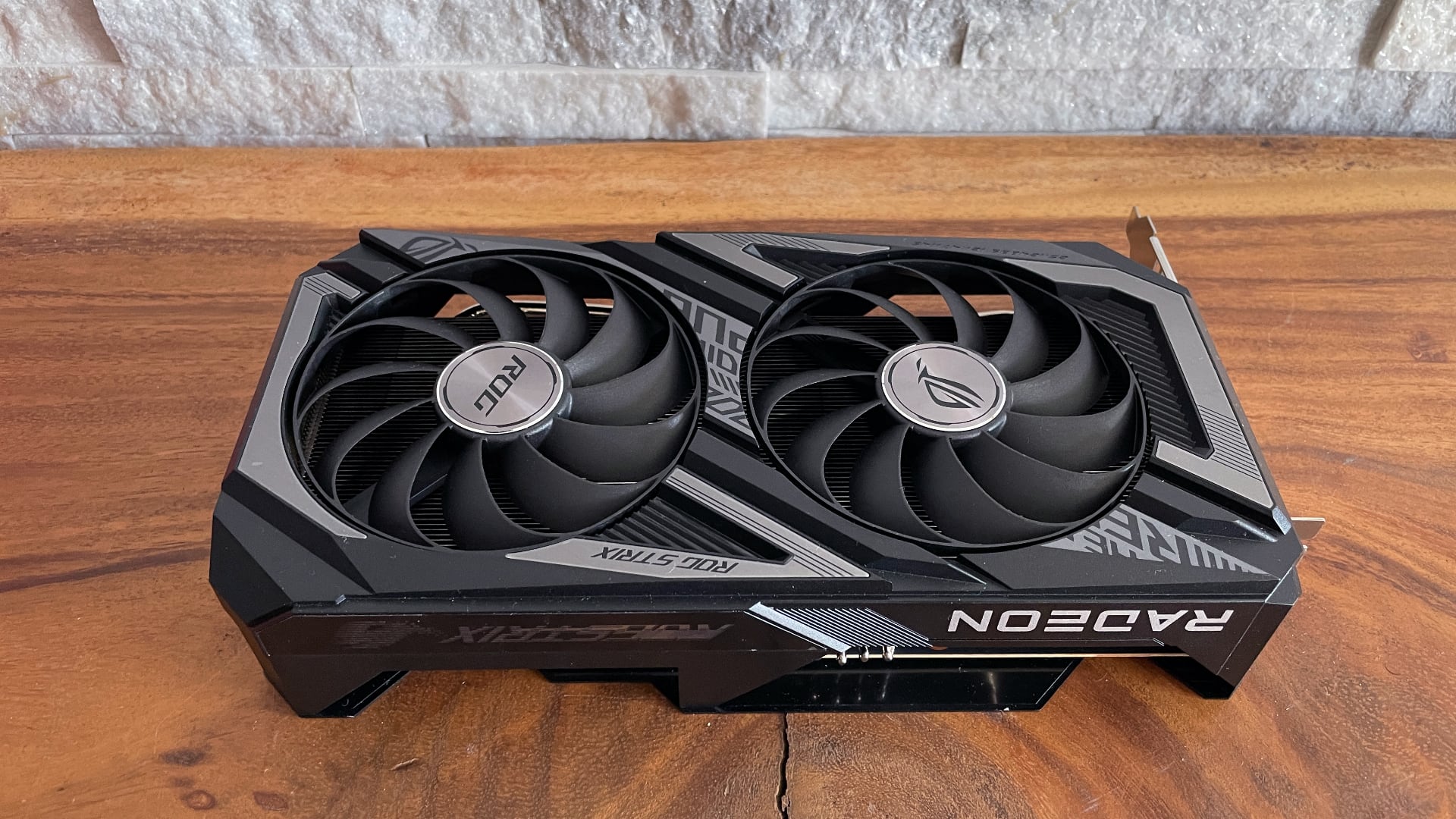AMD FSR 2.0 source code is out – and so are the knives for Nvidia DLSS
Is the influence of AI on upscaling quality overrated?

AMD has made the source code for FSR 2.0 (FidelityFX Super Resolution) public, meaning that any developer can now make use of the frame rate boosting tech in their games.
AMD’s FSR 2.0 is the firm’s rival for Nvidia DLSS, and this is clearly good news in terms of getting more games up and running with the tech. The slight caveat here is that Team Red has pushed out all the materials needed to work with DX12 and Vulkan games, but not DX11 (if you want to go that route, you’ll need to get in touch with AMD directly, as Tom’s Hardware reports).
Furthermore, support for Unreal Engine 4.26/4.27 (and UE5, for that matter) will be coming soon enough in the form of a plug-in, AMD promises.
AMD also gave us an idea of how long it could take devs to incorporate FSR 2.0 within their games, that time varies – obviously – but if a title already supports DLSS 2.0, it might only take a few days to implement. Similarly, it’ll be a speedy process for those using the Unreal Engine plug-in, as you might expect.
For some games, bringing in support for FSR 2.0 could be a considerably longer (and windier) road, with AMD putting the longest timeframe in its estimations at four weeks plus.
Analysis: The proof is in the upscaled pudding
Interestingly, along with this source code release, AMD took the opportunity to fire off some flak at Nvidia (and Intel XeSS, for that matter, which like DLSS is AI-powered).
As you may know, with version 2.0, FSR is now a good deal similar to DLSS, mainly because AMD made the move to use temporal upscaling, which is how Nvidia weaves its frame rate boosting magic.
Get daily insight, inspiration and deals in your inbox
Sign up for breaking news, reviews, opinion, top tech deals, and more.
FSR 1.0 employed spatial upscaling, and there’s a big difference in switching to temporal with FSR 2.0, as the former only accesses data pertaining to the current frame in-game – whereas with spatial, previous frames are brought into play. And this makes for better-quality results when it comes to the upscaled image (upscaling is how these technologies improve frame rates – in simple terms, by letting the GPU run a lesser resolution, and then upscaling it to a target resolution, rather than running in that native res).
Now, Nvidia will point to its machine learning (AI) chops being in the mix along with temporal upscaling in order to get better results still, but AMD claims in its GPUOpen article that the introduction of AI simply isn’t necessary to get a good quality upscaled image. Indeed, AMD argues that machine learning is often only employed in combining previous frames to get the upscaled image, as opposed to actually recognizing objects in the actual scene, and so Team Red is basically playing down the importance of adding in the power of AI.
We certainly can’t take that argument at face value, and Nvidia claims that its AI routines are doing considerably more heavy lifting in terms of producing a better final upscaled image.
Whatever the case – and what’s happening under the bonnet with this tech is a highly complex matter – it’s quite telling to see AMD go on the offensive like this. And furthermore, when you look at the results of FSR 2.0 compared to DLSS 2.0, it’s a very close call for image quality. The proof is in the pudding, as they say, and the upscaling baked into the supported games thus far shows FSR 2.0 giving Nvidia a good run for its money indeed (certainly going by Deathloop and God of War, as tested by Tom’s Hardware).
Note that both FSR 1.0 and 2.0 can be used together in a game if the developer wants, giving the player the option of either – and this is important if the gamer in question doesn’t have a good enough GPU for FSR 2.0 (which has more stringent hardware requirements). This comes with the obvious caveat that the quality of results from FSR 1.0 are inferior, but it’s good to have the choice nonetheless. Hitman 3 is one example of a game that is getting both FSR 1.0 and 2.0 support.
AMD’s openness around FSR and ensuring it covers a wider range of bases and different graphics cards – including Nvidia models – is one of the biggest strengths of its frame rate boosting solution compared to DLSS, which specifically requires an Nvidia RTX graphics card.
Darren is a freelancer writing news and features for TechRadar (and occasionally T3) across a broad range of computing topics including CPUs, GPUs, various other hardware, VPNs, antivirus and more. He has written about tech for the best part of three decades, and writes books in his spare time (his debut novel - 'I Know What You Did Last Supper' - was published by Hachette UK in 2013).